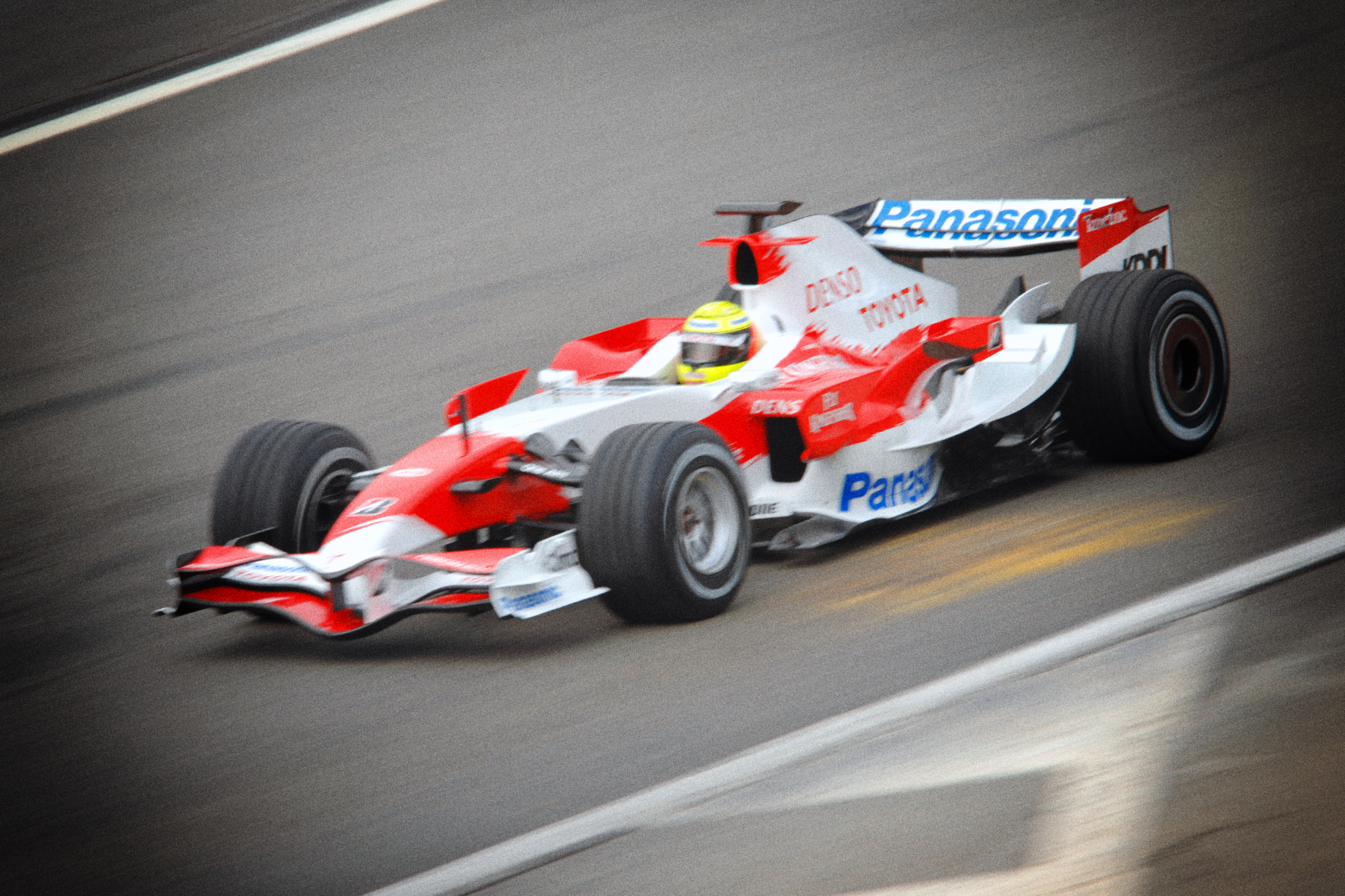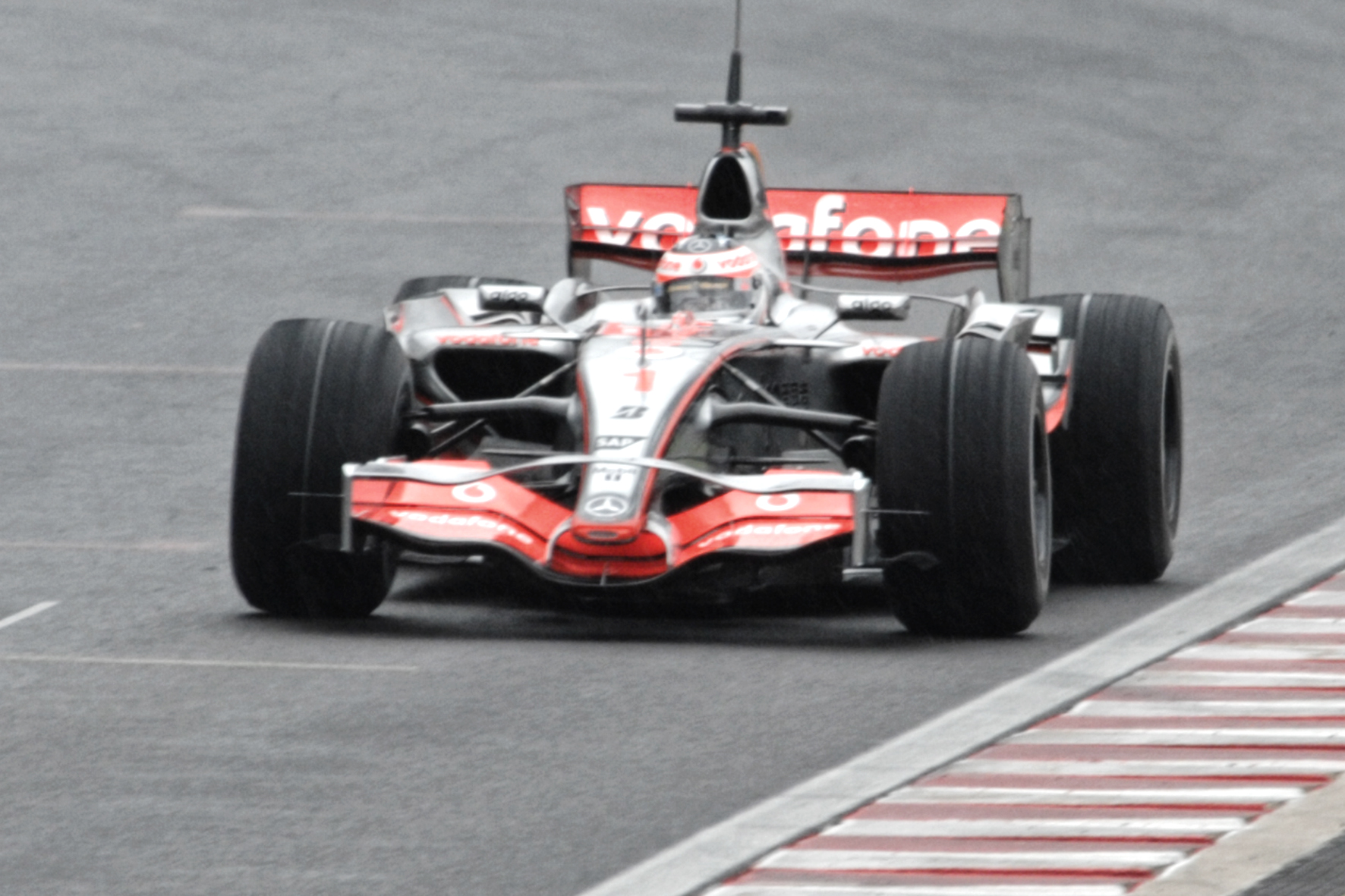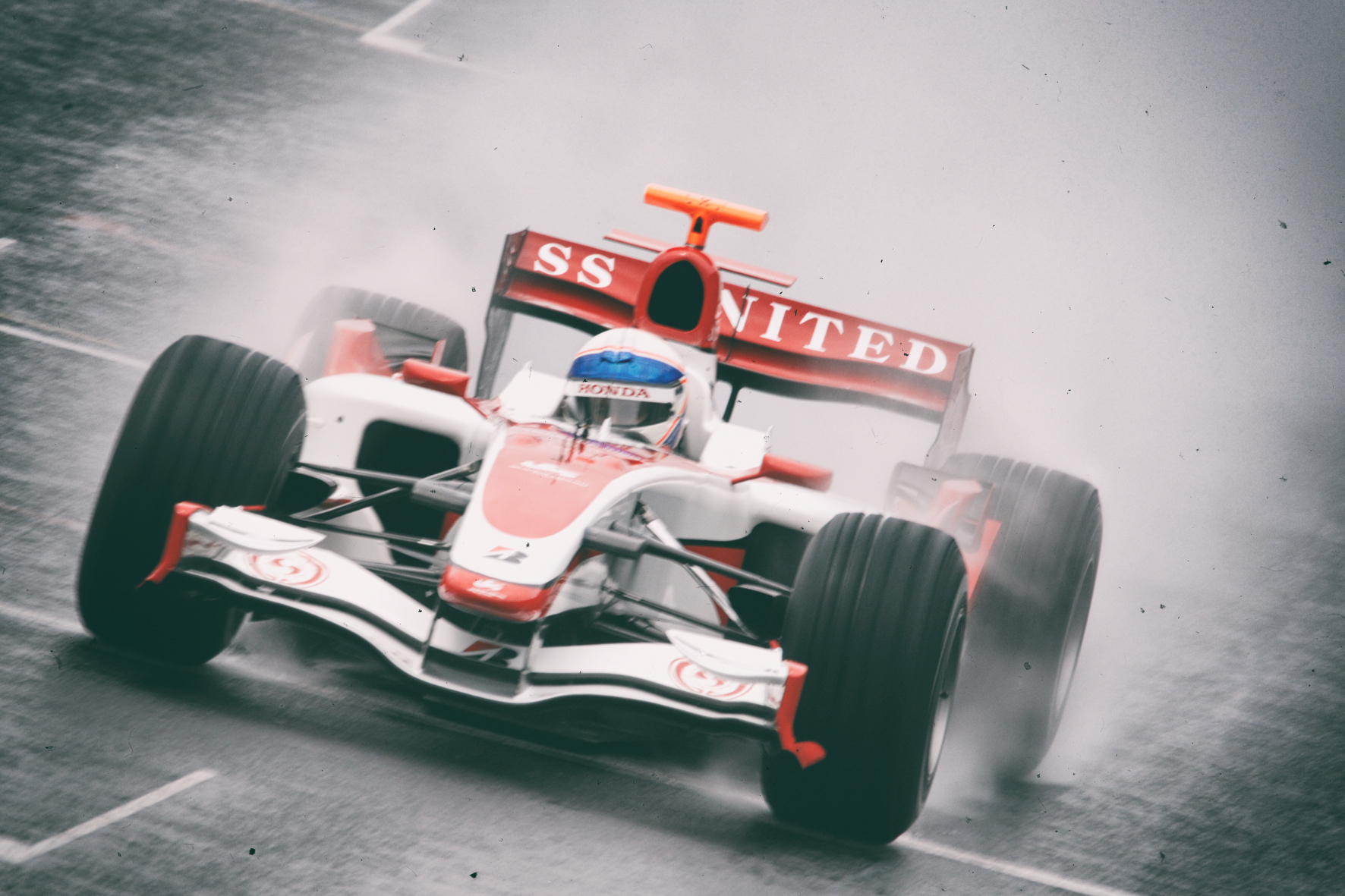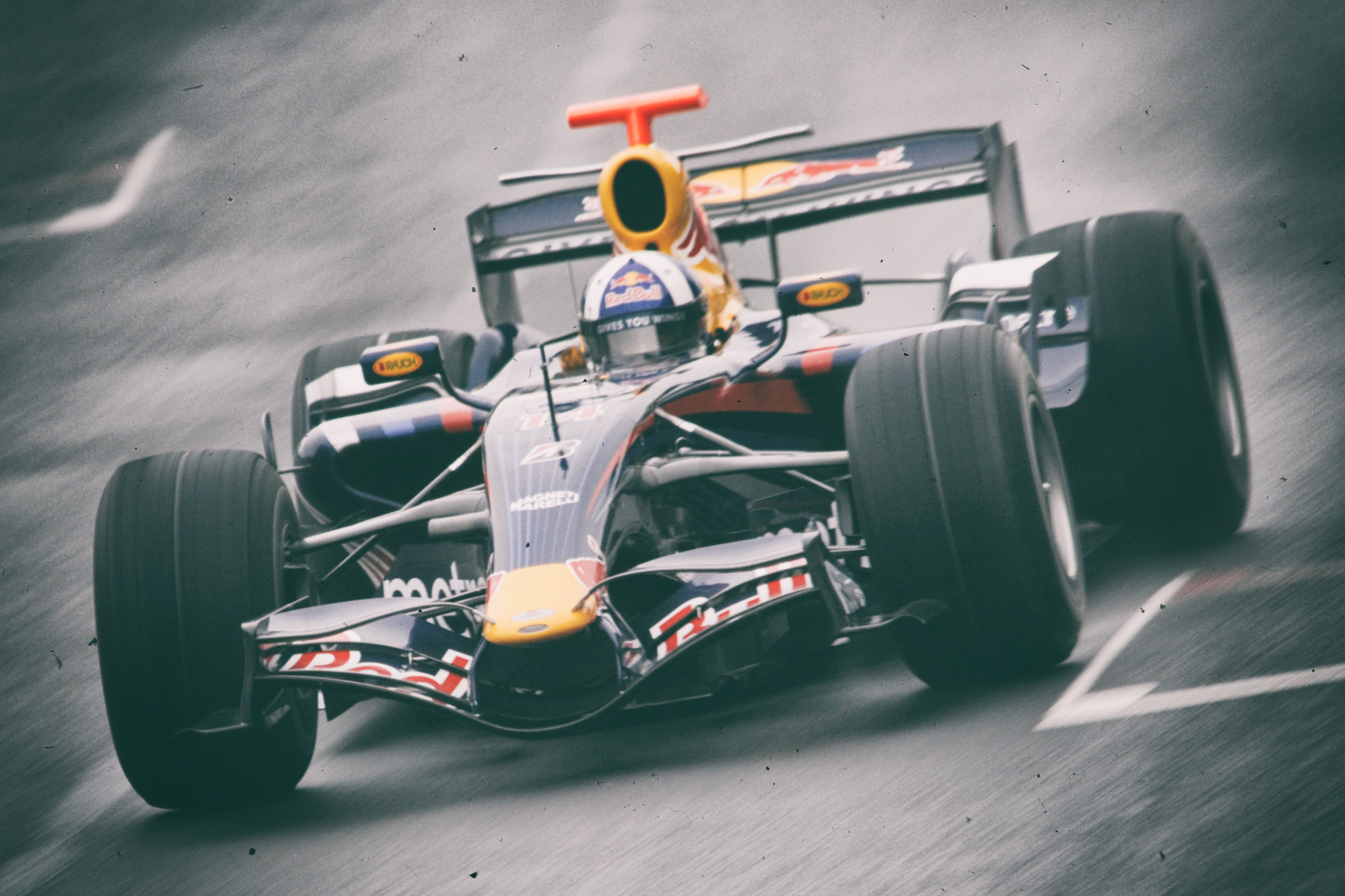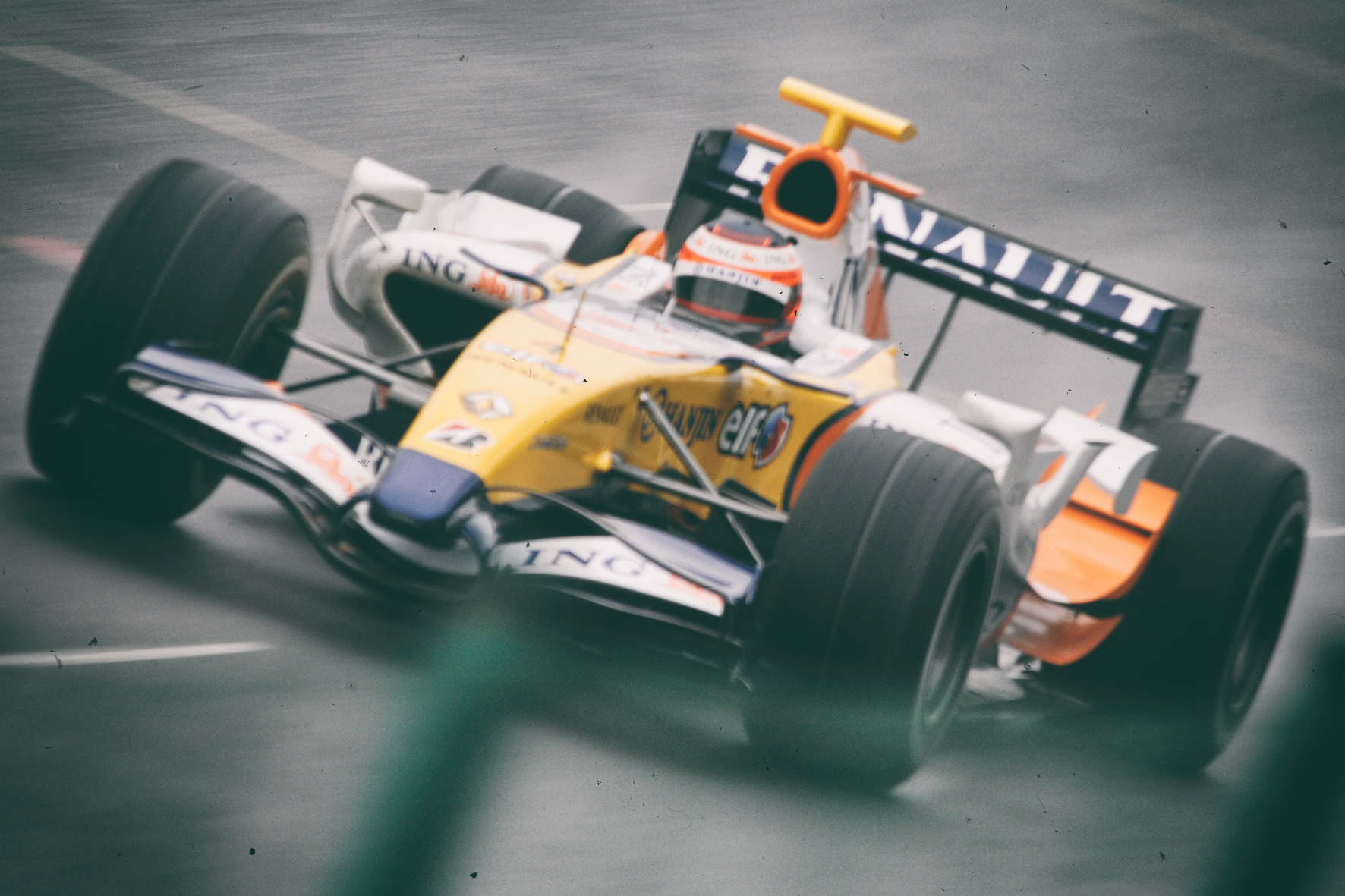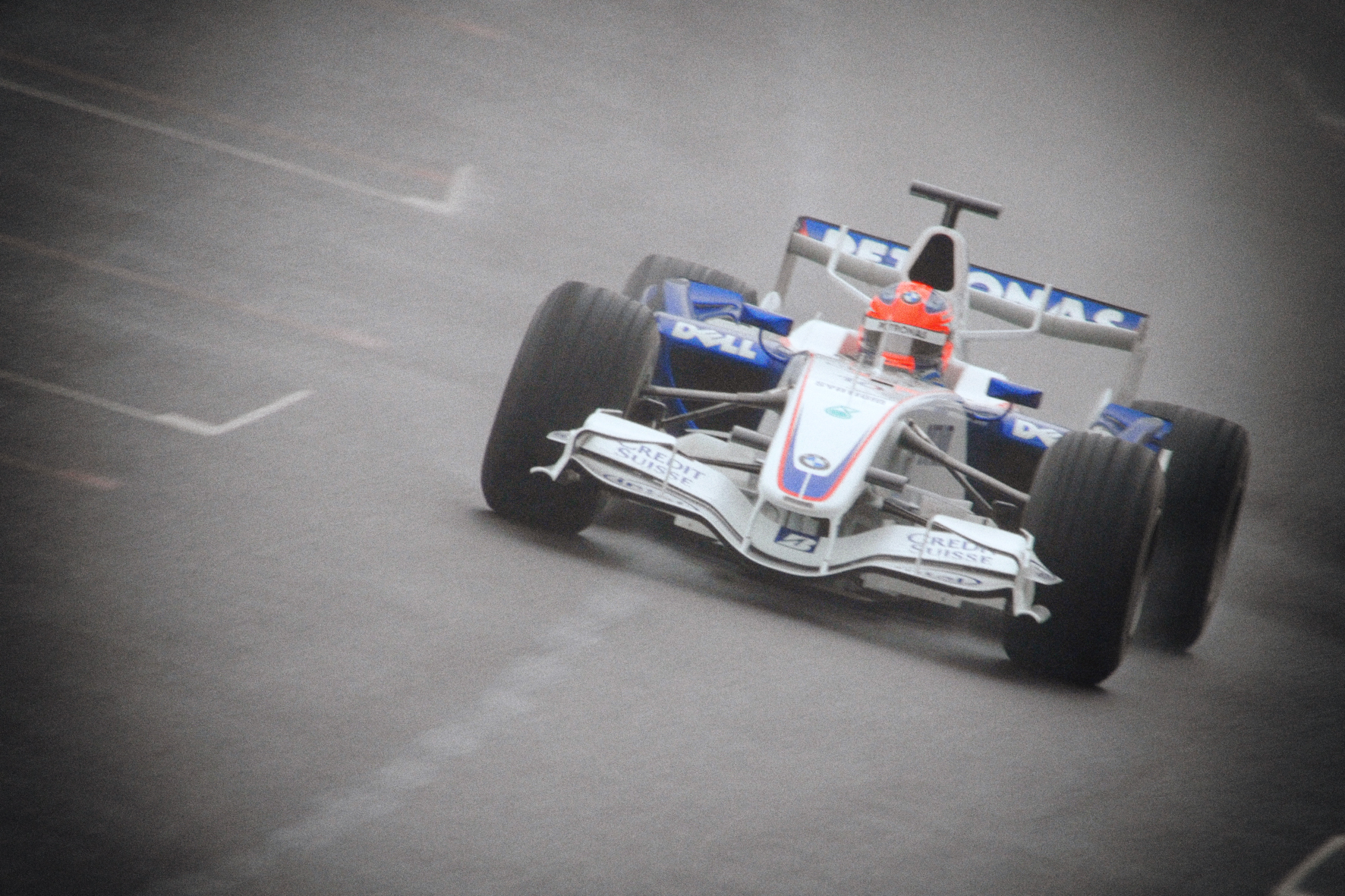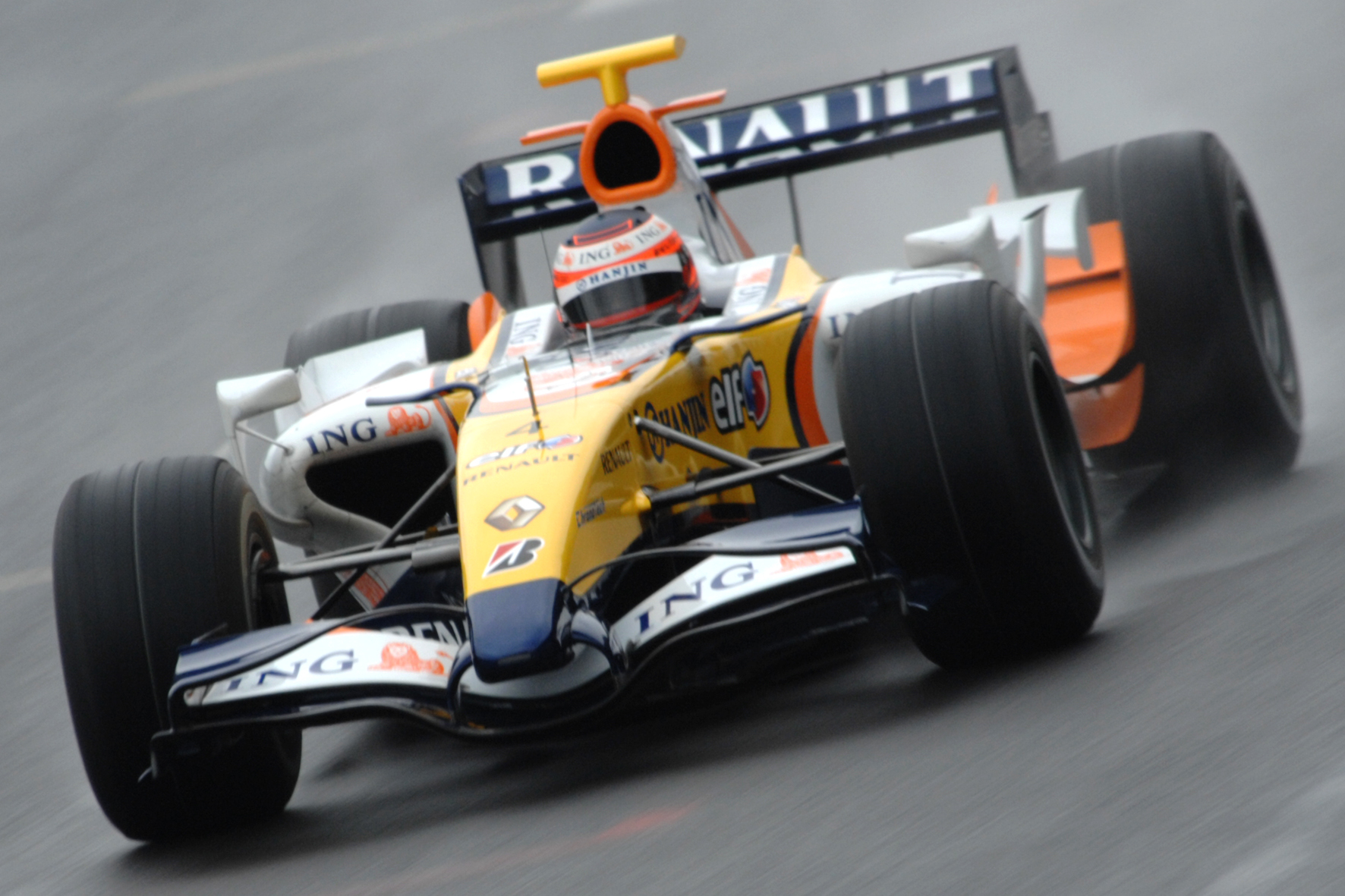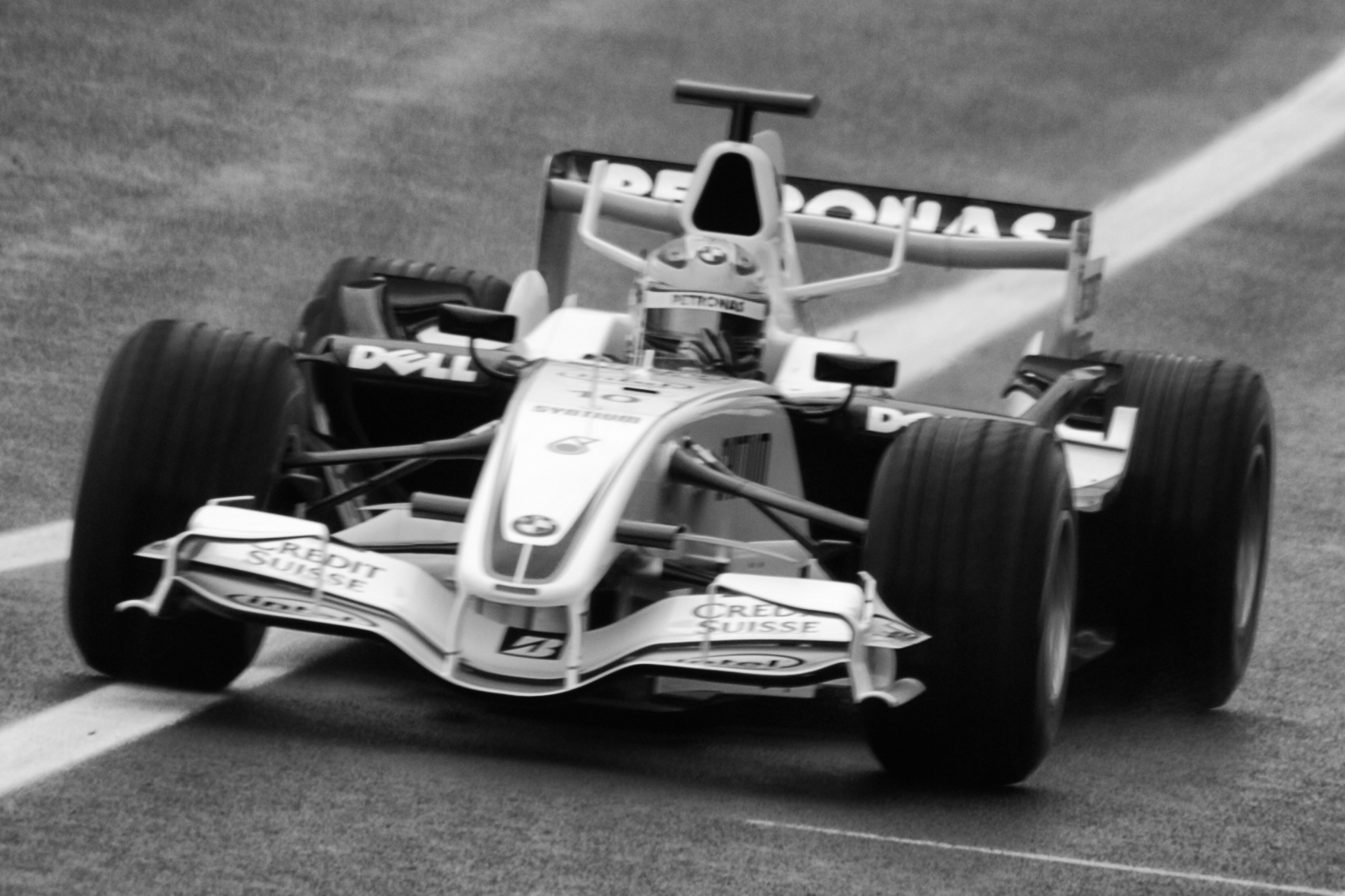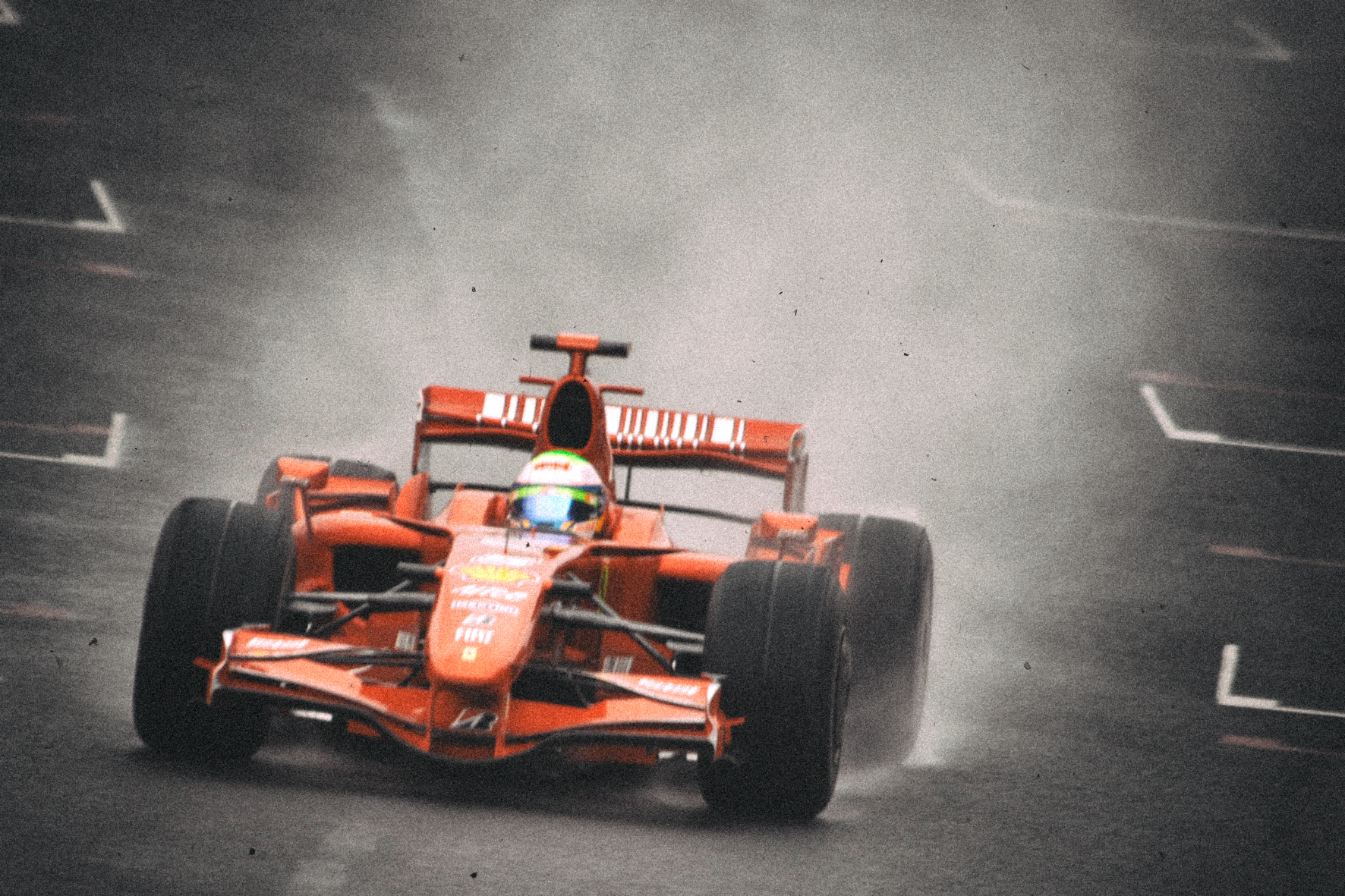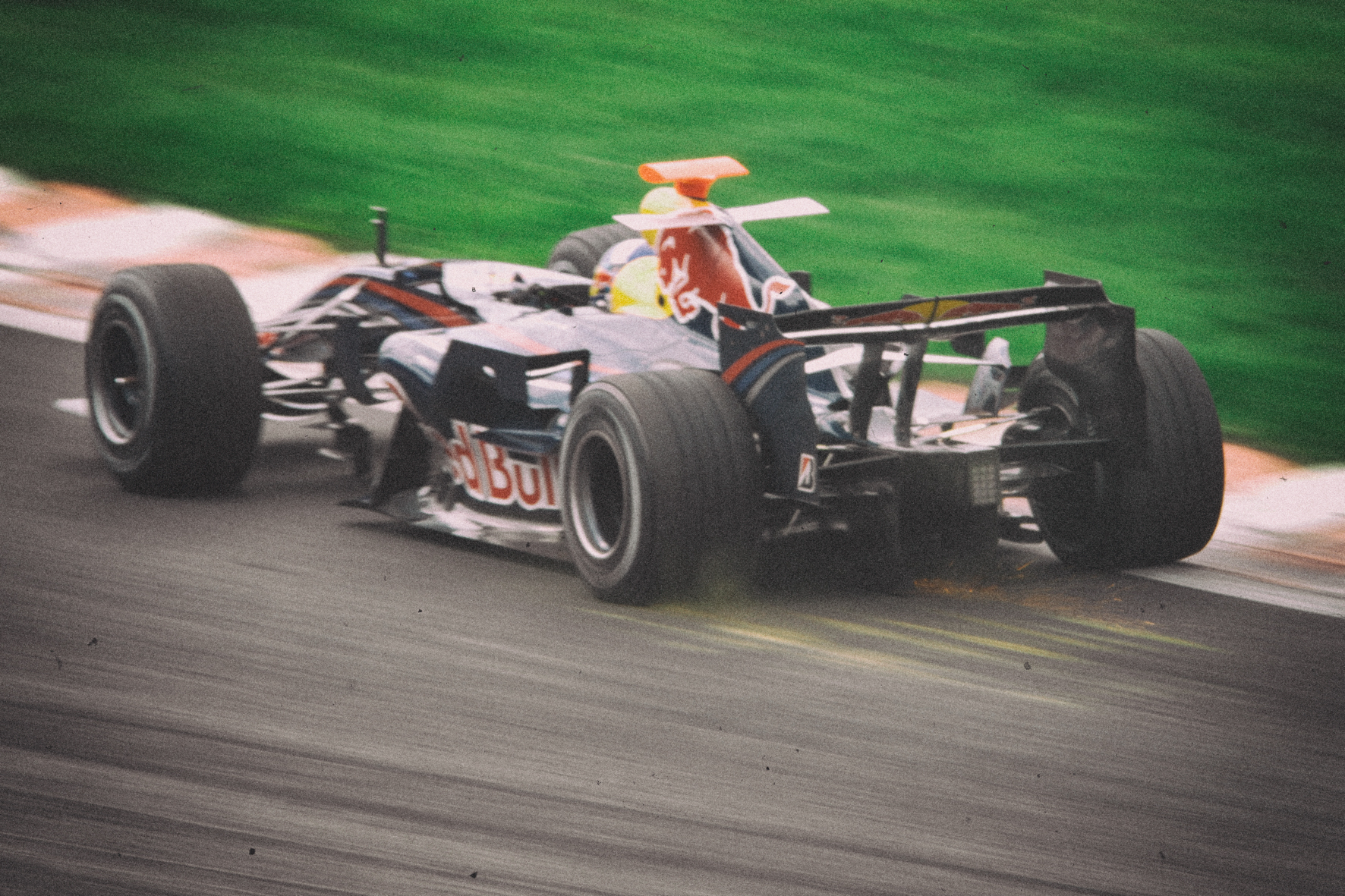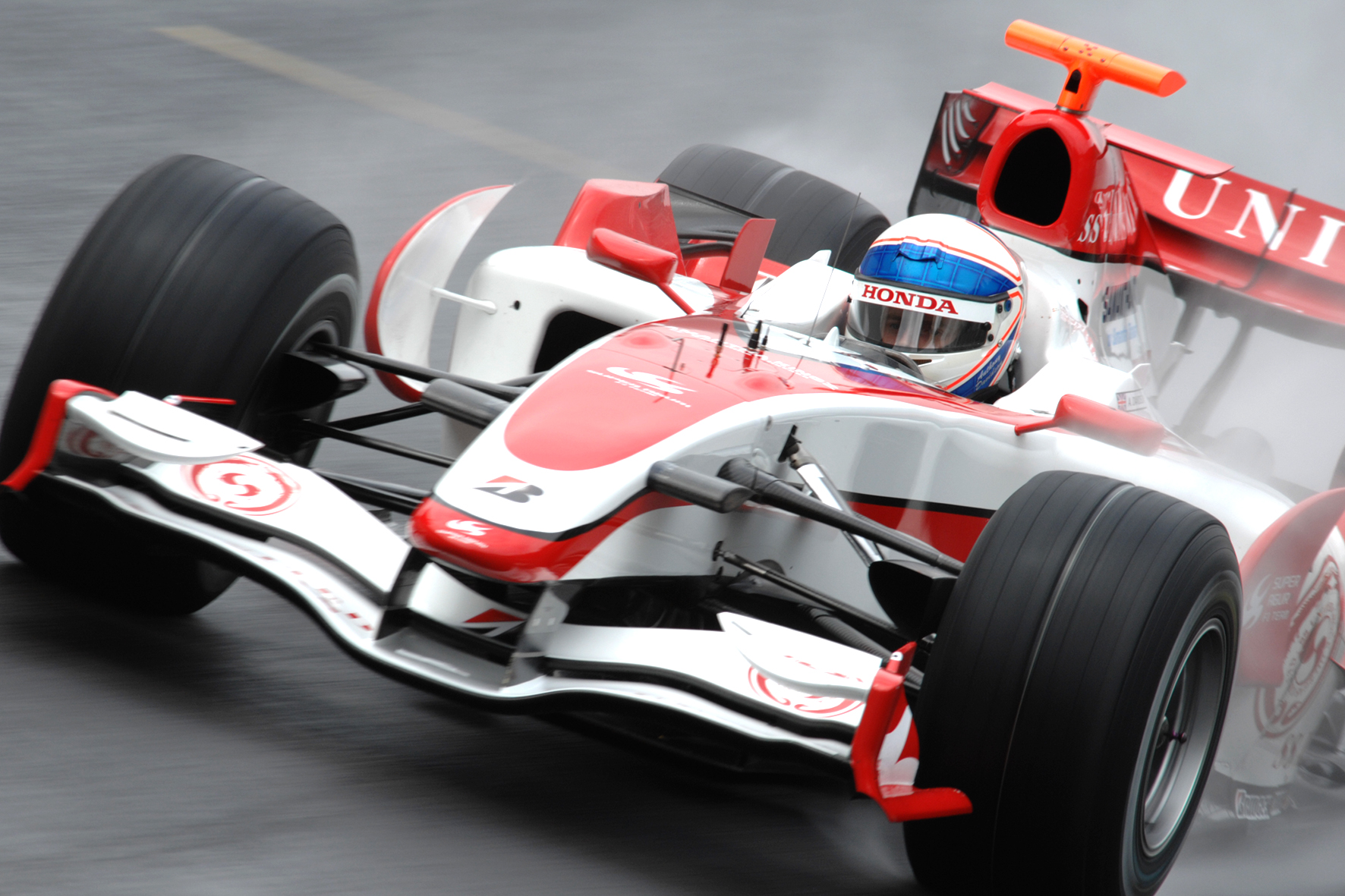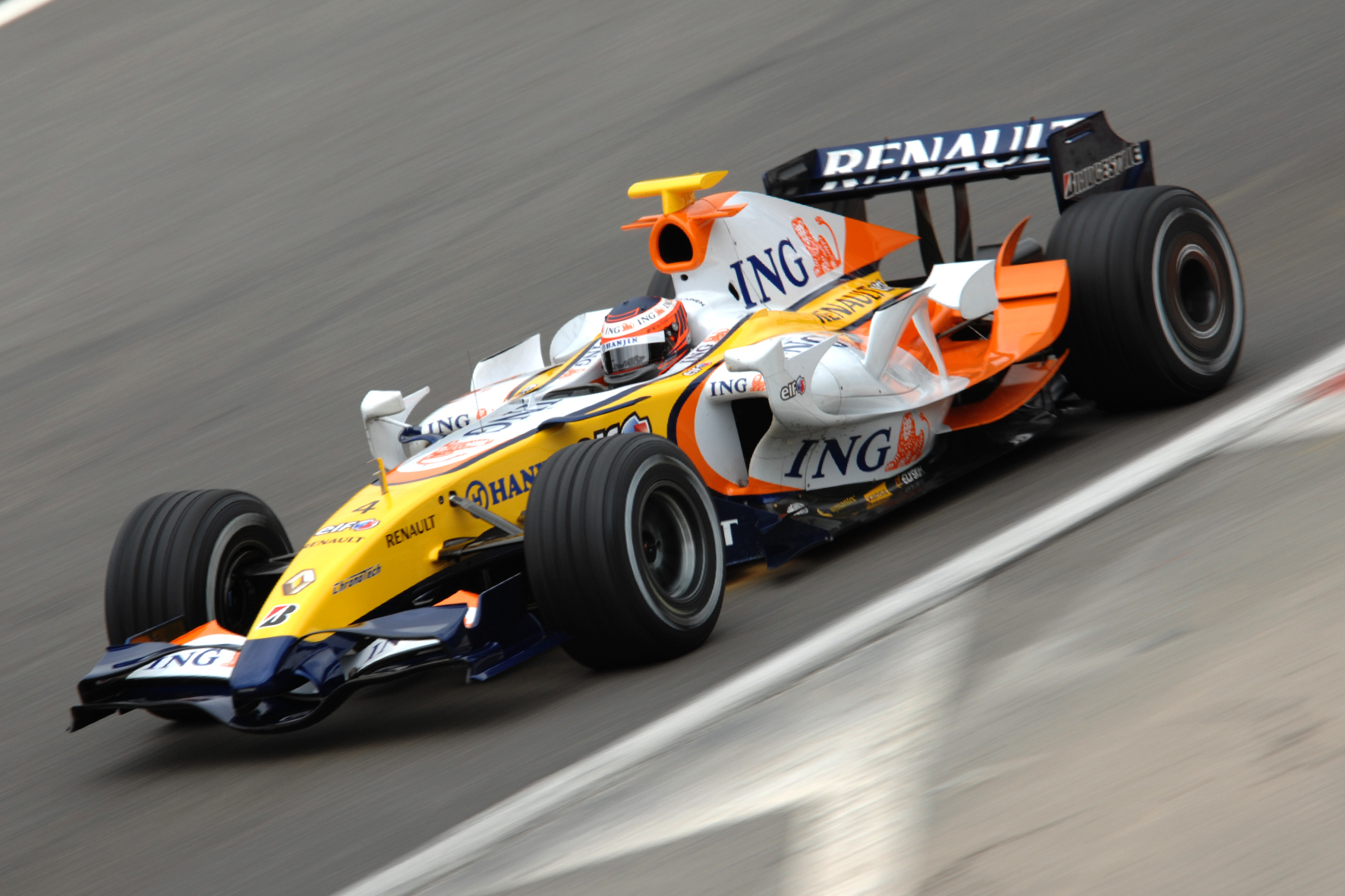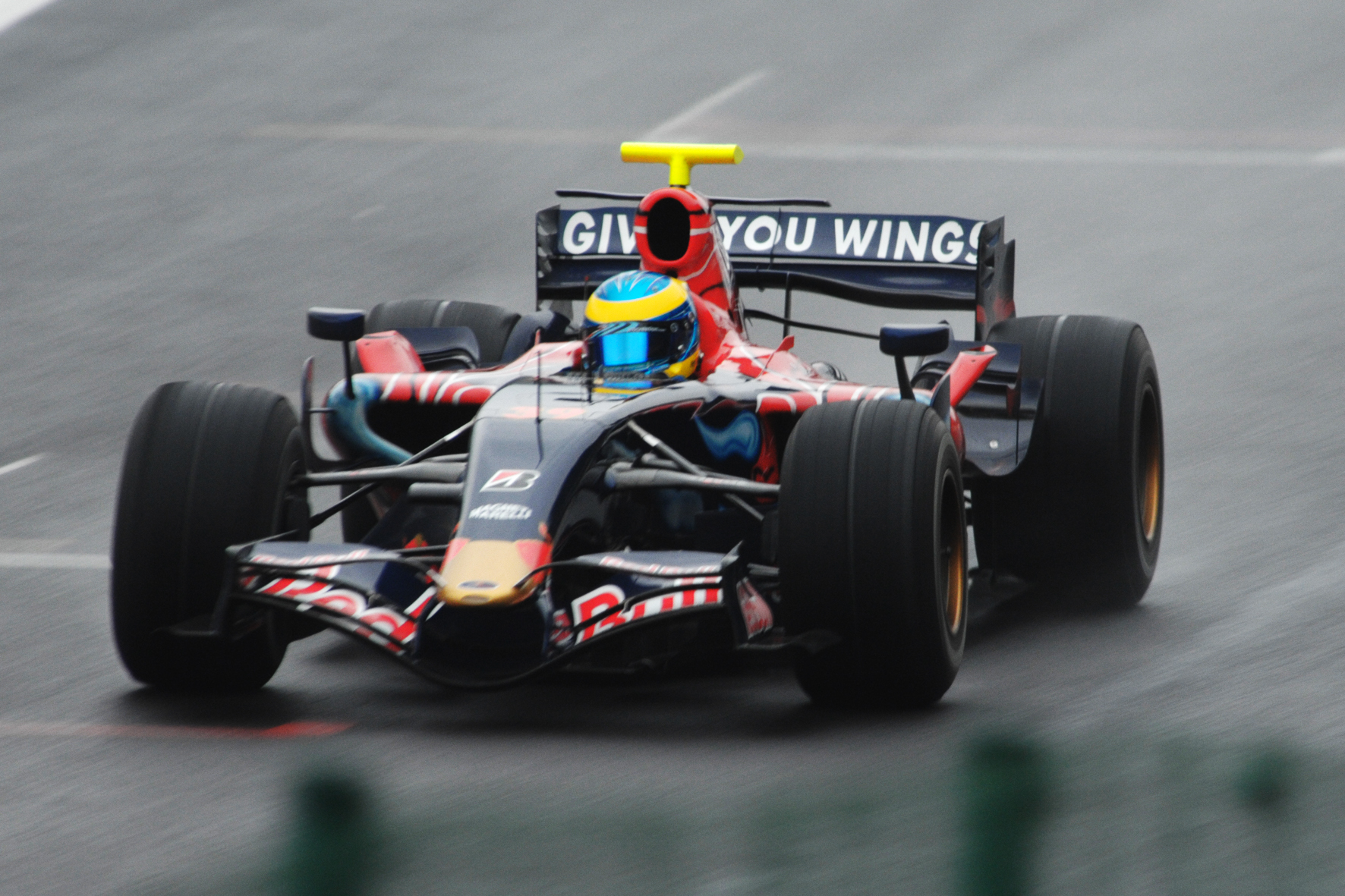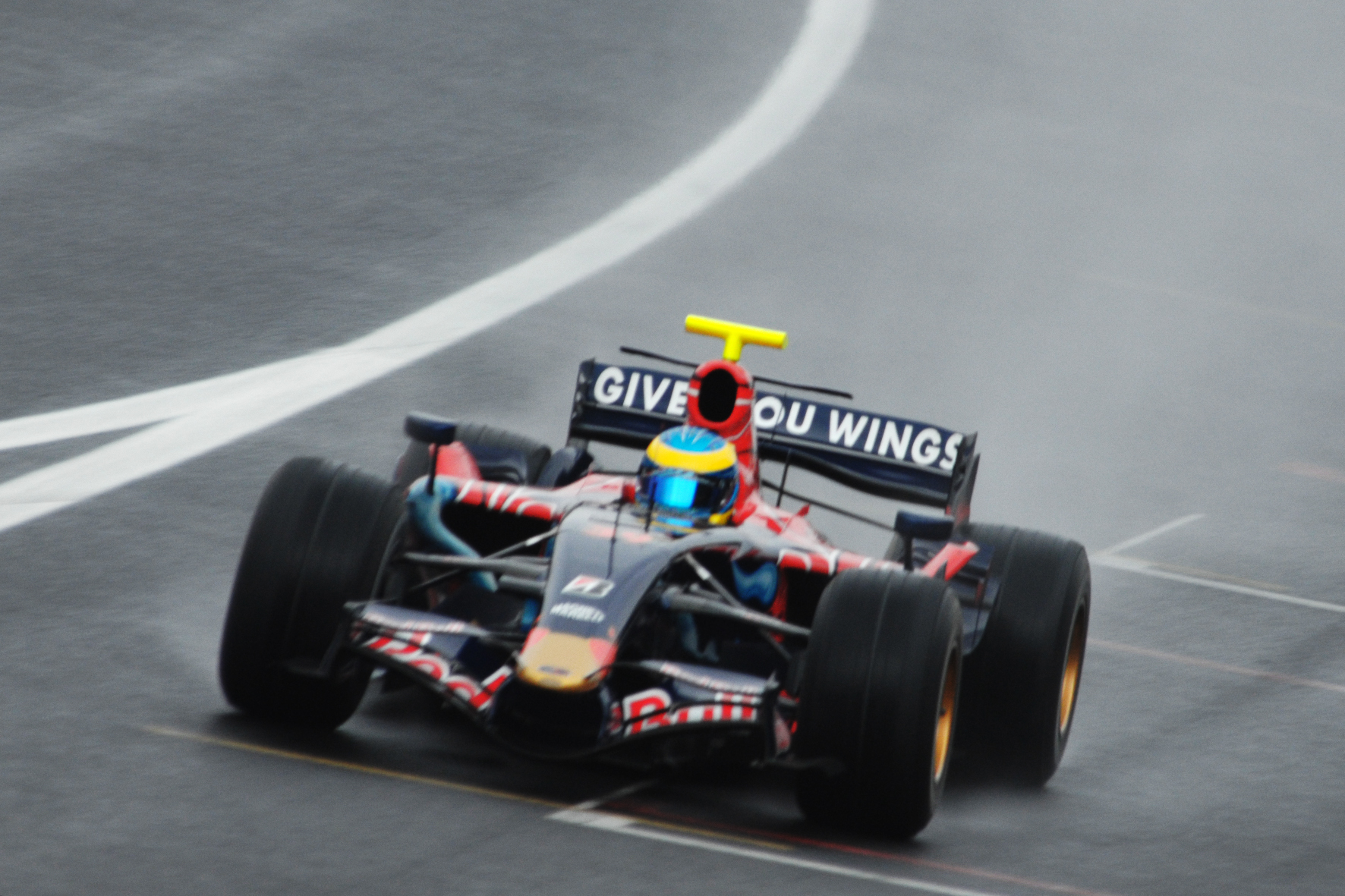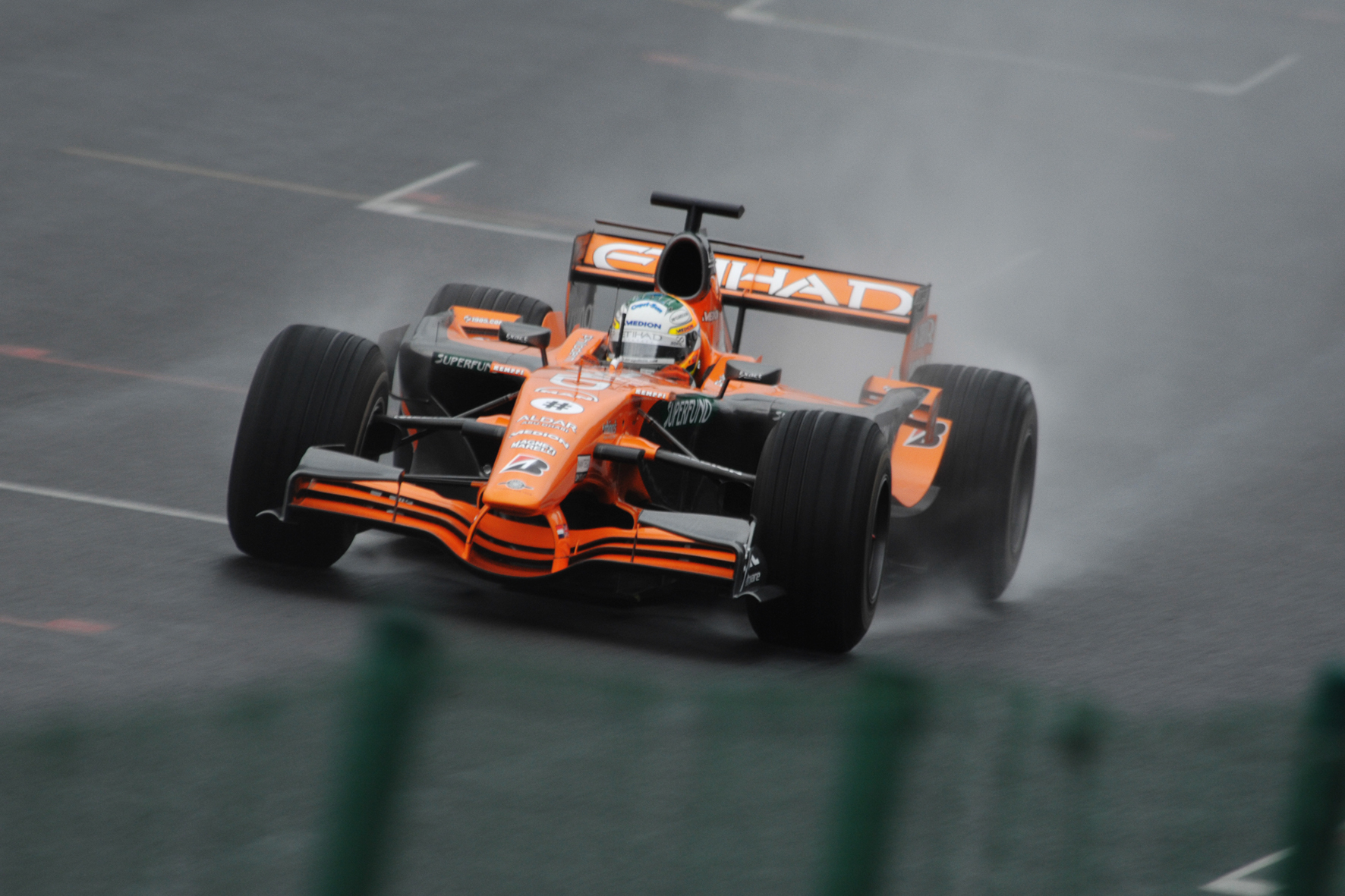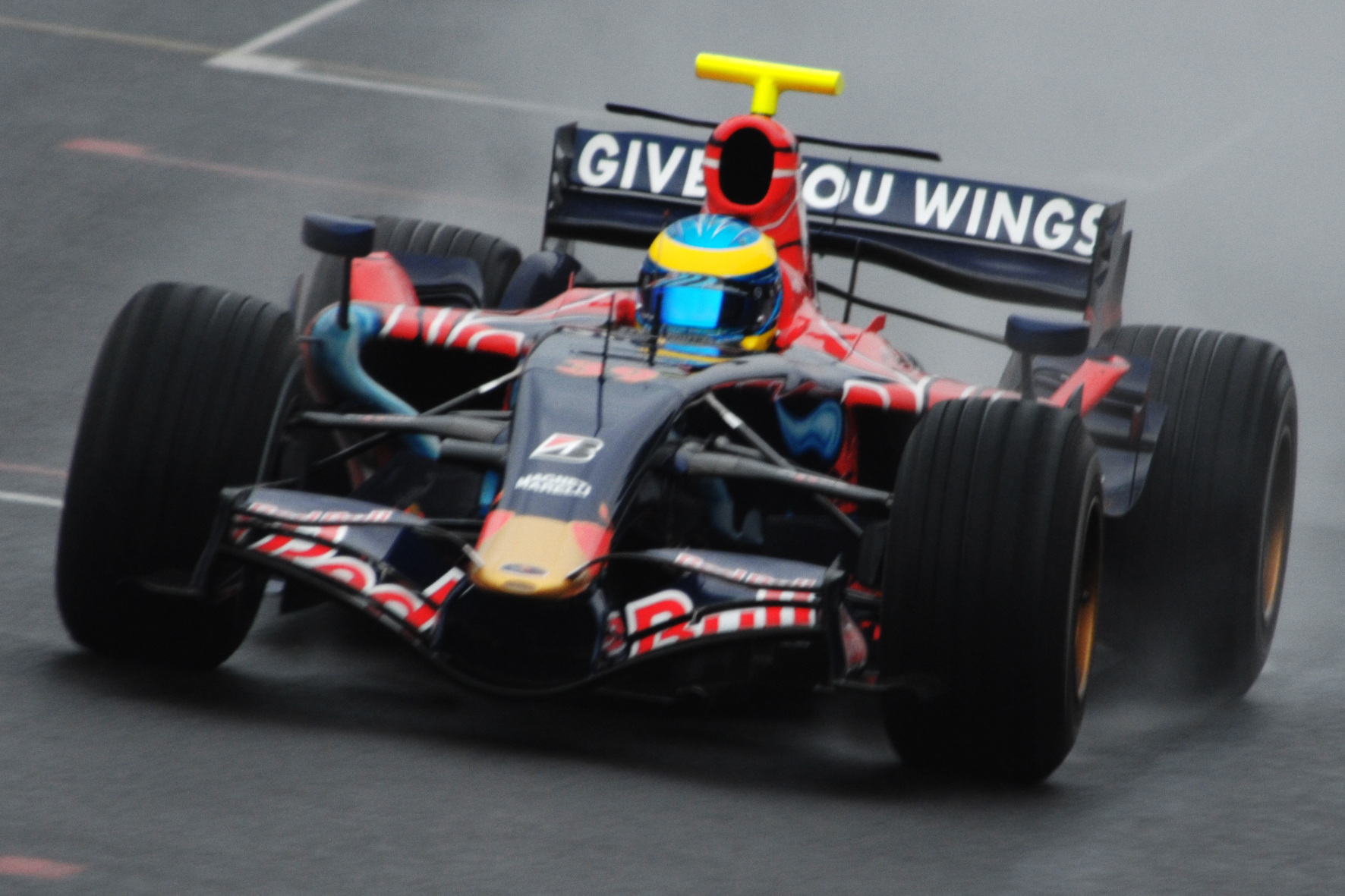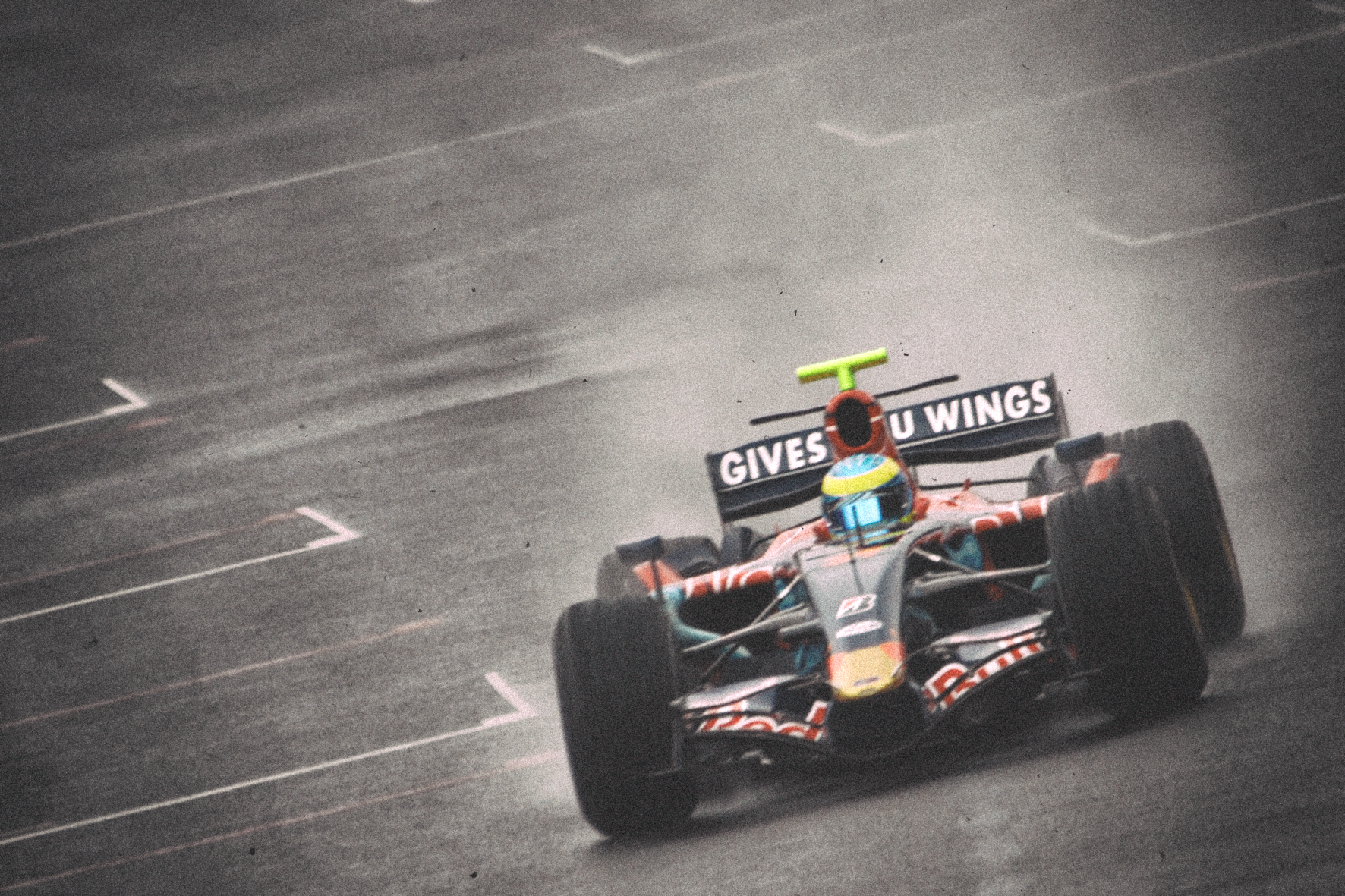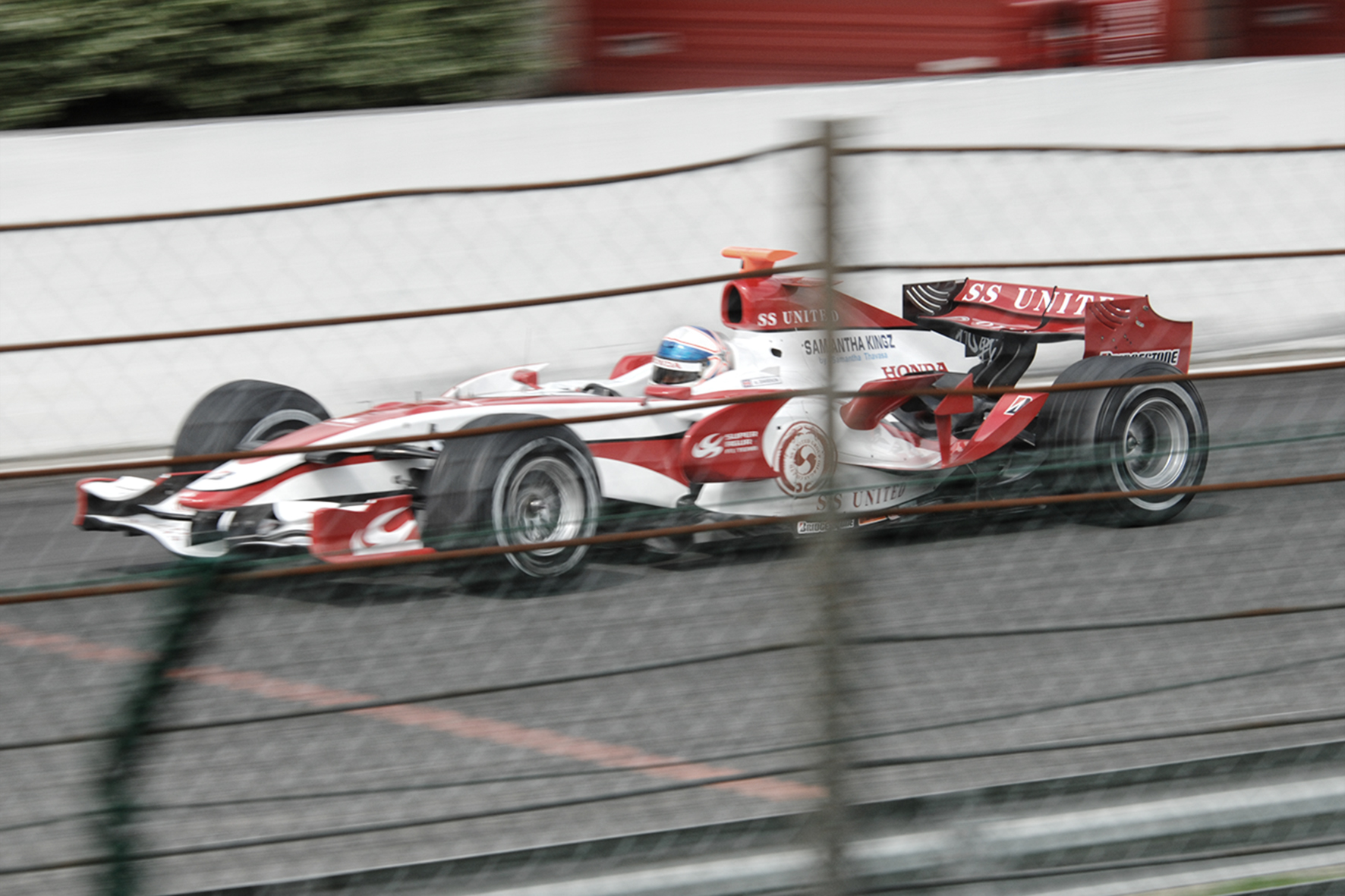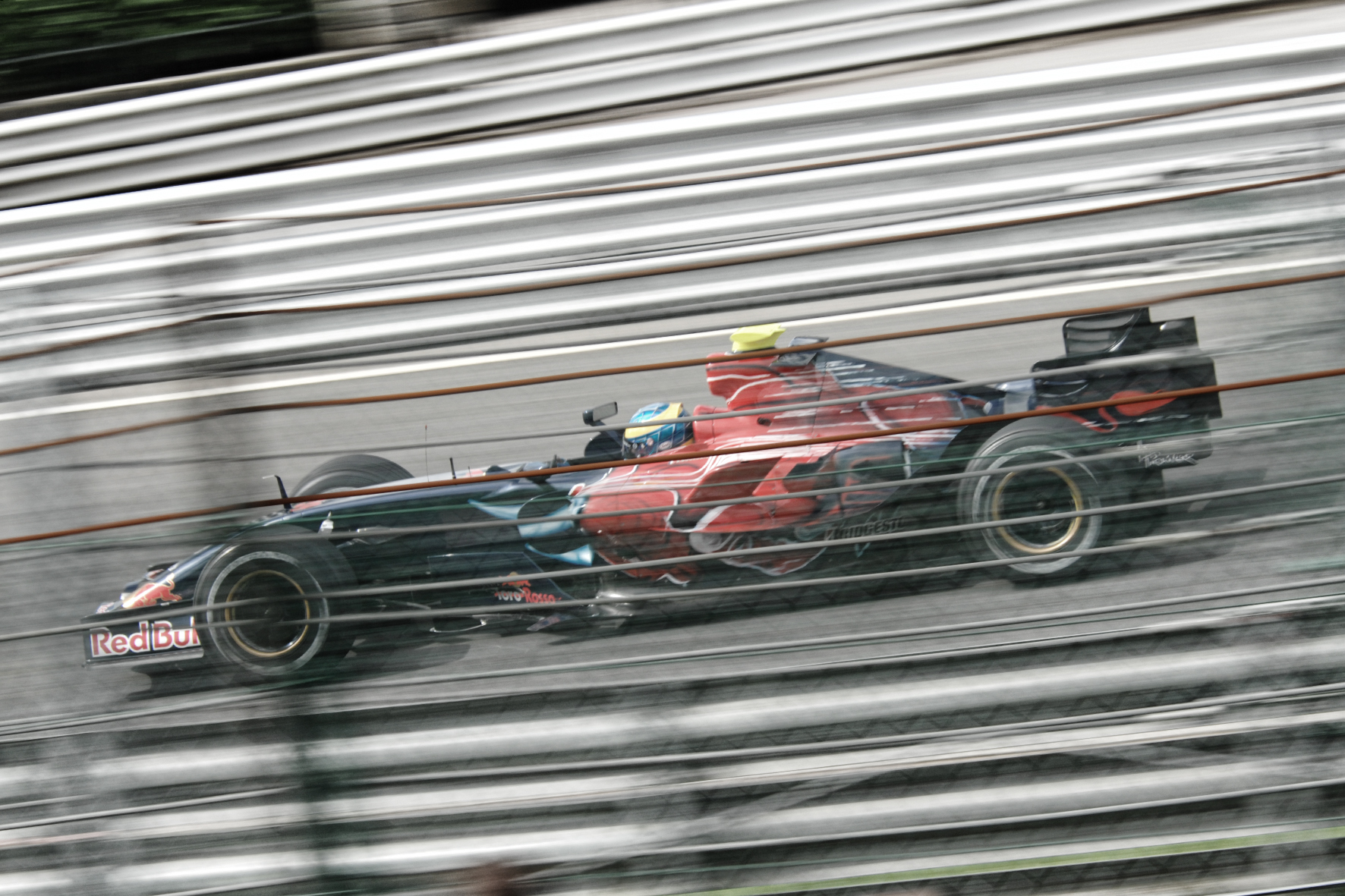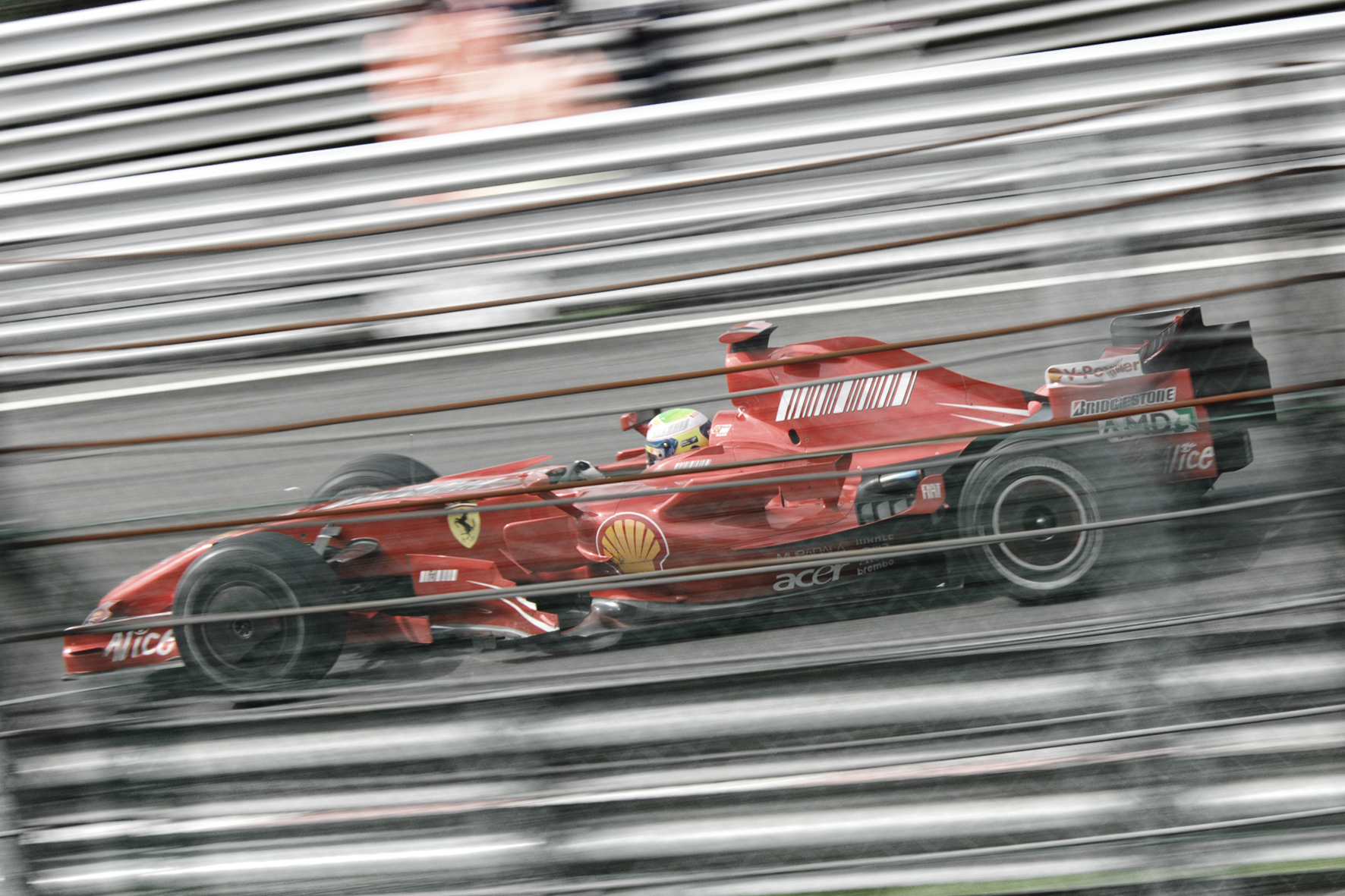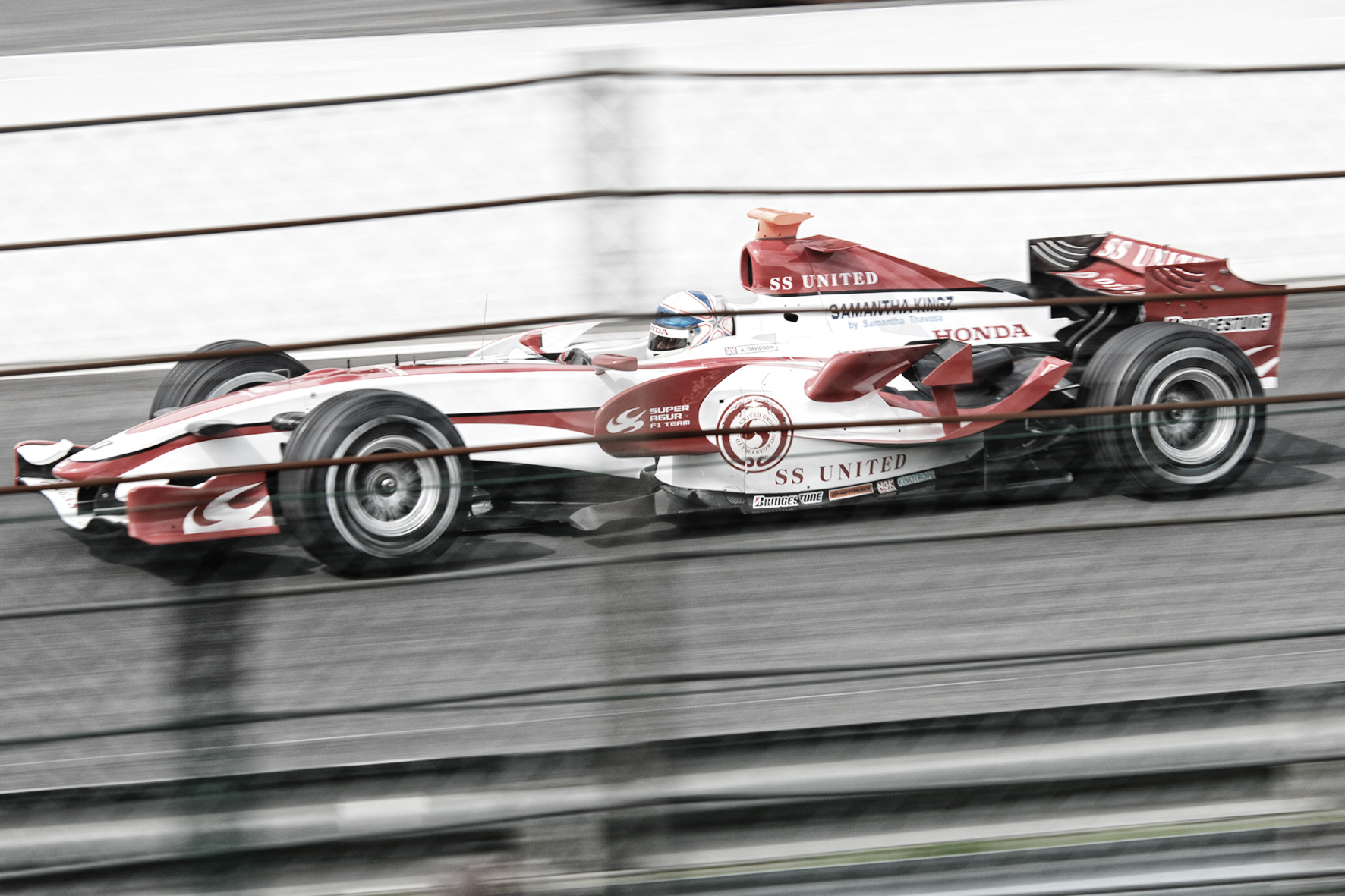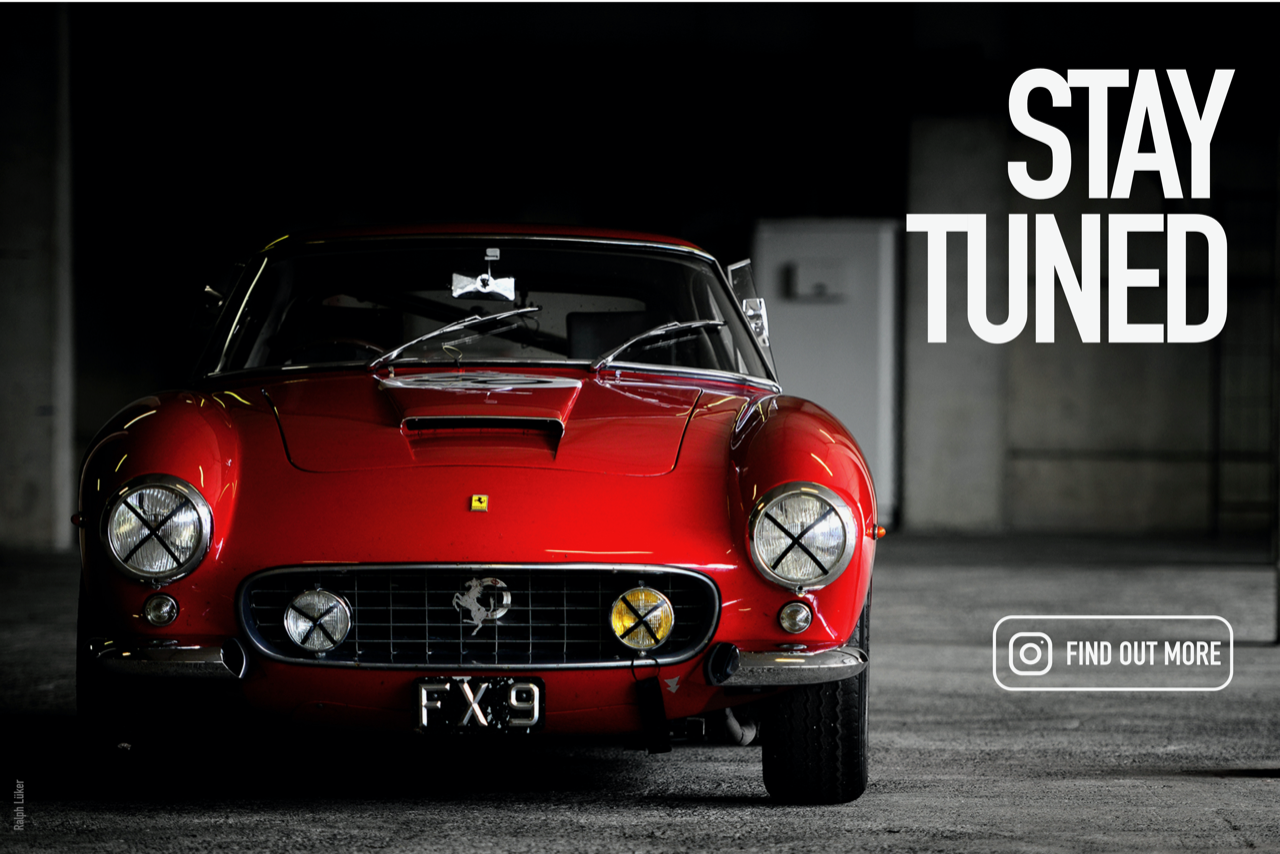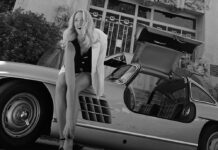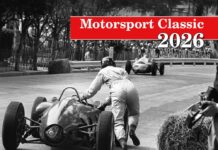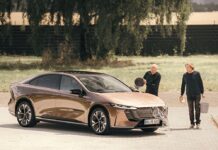After a year’s absence, the Formula 1 circus returned to Spa Francorchamps in 2007. The famous race track in the Belgian Ardennes had been modernised and nothing stood in the way of the Belgian Grand Prix returning to Spa Francorchamps.
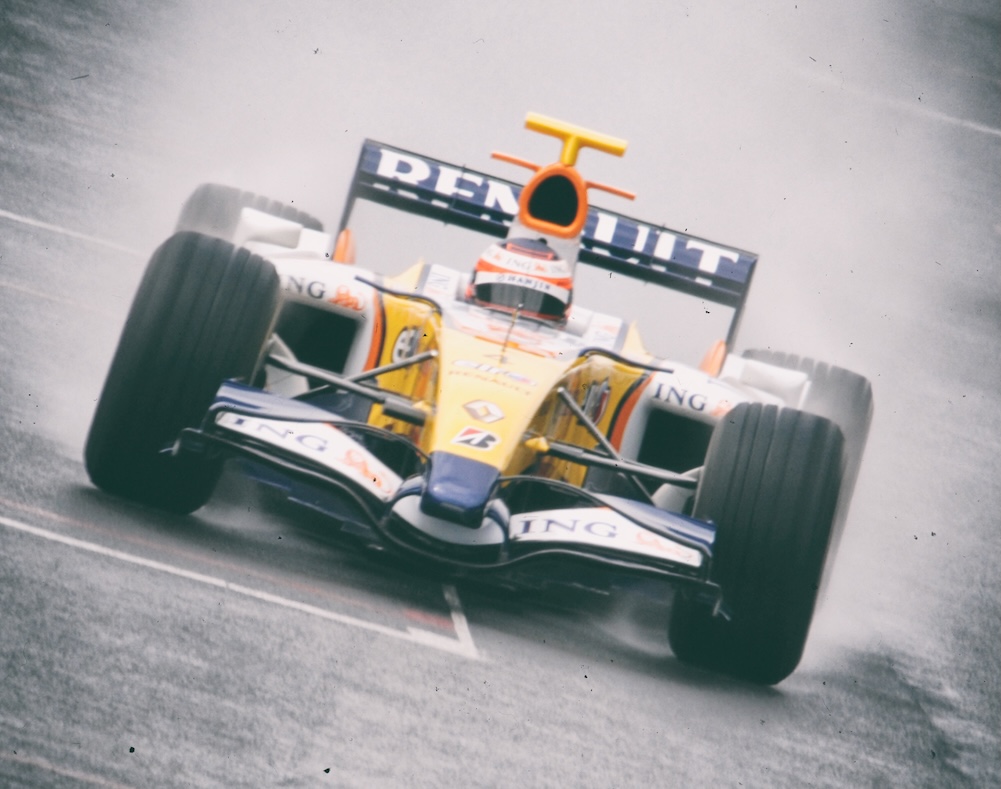
However, the mid-2000s were also still the time of unrestricted testing during the current season, something that would be impossible or prohibited today. So the FIA scheduled three days of testing on the Spa Francorchamps circuit to give the teams the opportunity to collect data, run race simulations and perfectly set up and tune their Formula 1 racing cars for this difficult and extremely fast circuit. Of course, there were also some drivers in the starting field for the 2007 season who had never driven on this circuit before and could therefore also make good use of the additional training. However, there were also a few restrictions on the test drives in 2007. For example, only one Formula 1 racing car per team and day was allowed to be used.
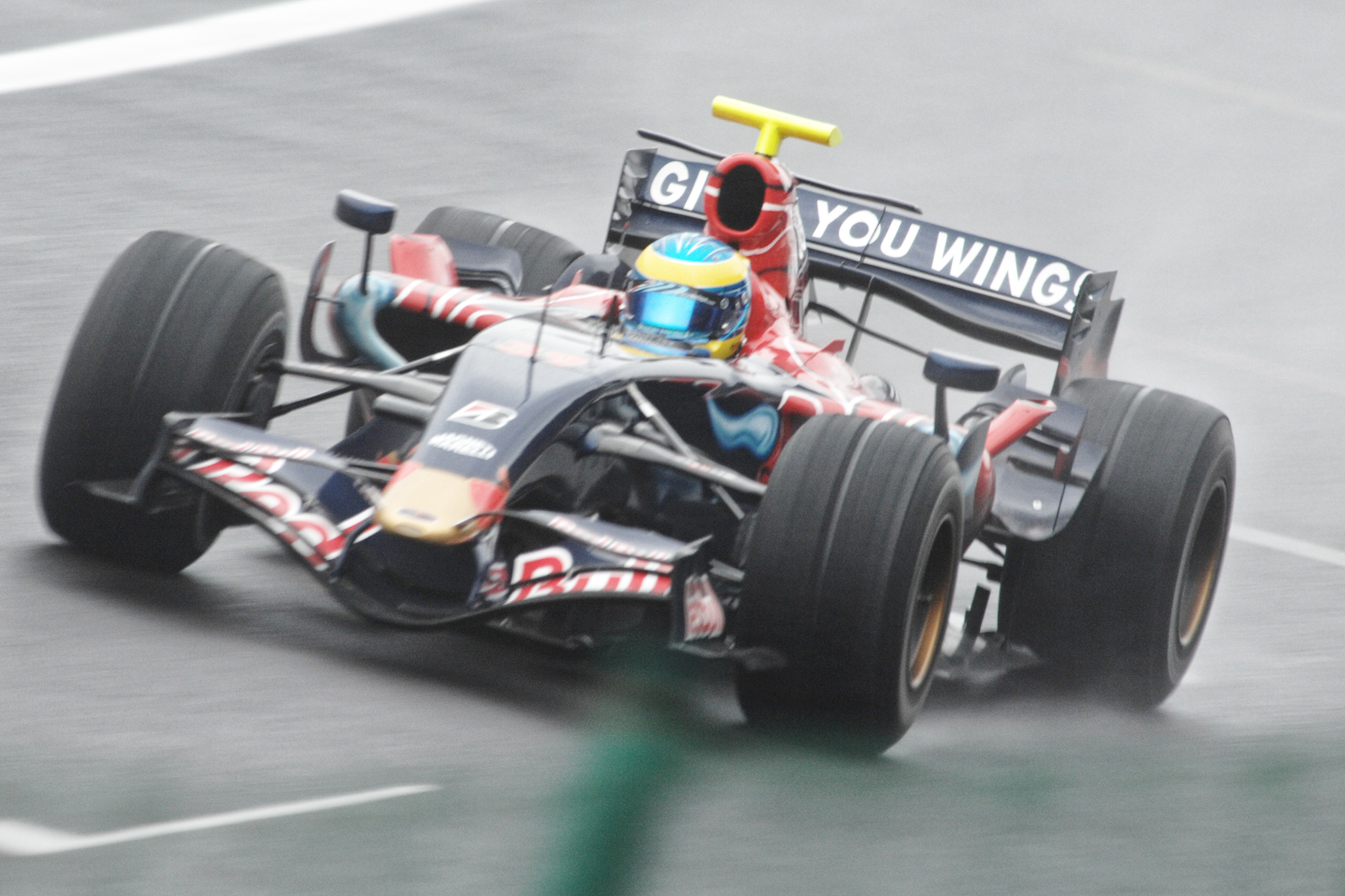
The 2007 Formula 1 World Championship was the first season without Michael Schuhmacher. After replacing Bertrand Gachot at Jordan at Spa Francorchamps in the middle of the 1991 season, only to start for Benetton one race later and celebrate his first of 91 Grand Prix victories at Spa in 1992, he announced his provisional retirement from Formula 1 at the end of the 2006 season.
It was also the first Formula 1 season of Lewis Hamilton, the first coloured Formula 1 driver in the history of Formula 1 world championships. The driver pairings of the teams were very interesting at this time. The young Kimi Räikkönen had replaced Michael Schumacher at Scuderia Ferrari and formed a team with Felipe Massa.
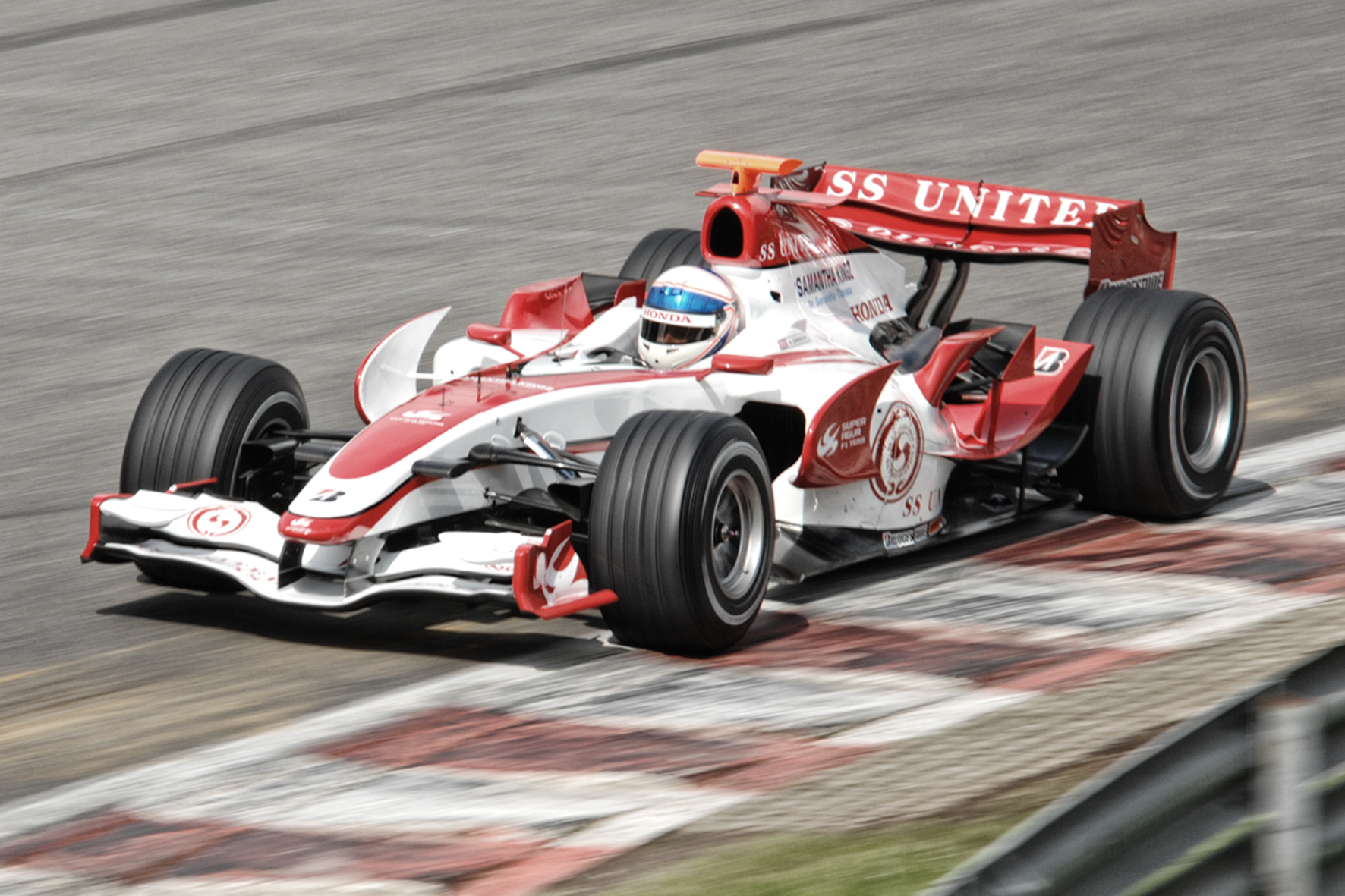
After winning two Formula 1 world championships with Benetton, Fernando Alonso had swapped his light blue overall for the silver one of the McLaren F1 Racing team. The young Lewis Hamilton started alongside him for McLaren. Ron Dennis, the McLaren team boss, had supported Lewis from a young age and now offered him the opportunity to compete with the best of the best. Fernando Alonso thought he was the absolute number one driver at McLaren F1 at the time, but Lewis Hamilton was so extremely fast and competitive right from the start that there were the first doubts about the ranking in the team. Hamilton, like all young and hungry future world champions, showed no respect for his older and more experienced team-mate. This internal rivalry, which lasted only one season, cost McLaren the drivers’ title in the world championship at the end of the season.
I’m no longer sure how I found out about the test drives, but I travelled to Spa Francorchamps so as not to miss out on this spectacle. The entrance fee was ridiculously low, I think it was €10. Of course, as a normal spectator you didn’t have access to the paddock, but the route downhill from La Source to Eau Rouge and then uphill to Radillon offered plenty of opportunities to take photos.
My camera back then was the Nikon D70, my first digital camera. Measured against today’s standards, it was antediluvian in terms of speed. But still. I had already seen many races at Spa Francorchamps, but only historic motorsport races, so I was surprised and very impressed by the speed of the current Formula 1 racing cars. But that didn’t really make taking photos any easier.
Of course, I was hoping to see the new star in the drivers’ firmament, the newcomer par excellence, Lewis Hamilton. But unfortunately I had to make do with Fernando Alonso, who had taken over the wheel that day. I would have preferred Lewis Hamilton’s yellow helmet, if only in memory of Ayrton Senna.
Felipe Massa drove the F2007 for Scuderia Ferrari, David Coultard the RB3 for Red Bull, Ralf Schumacher the TF107 for Toyota F1, Nico Rosberg the FW29 for Williams, Anthony Davidson the SA07 for Super Aguri and Robert Kubica the BMW Sauber F1 07.
It was indeed extremely impressive how the Formula 1 racing cars of 2007 raced down the slightly curved ‘straight’ to Eau Rouge. You could see how often they touched down in the dip of Eau Rouge and on the subsequent uphill section with the underbody by the traces of the wooden plate that has formed the lowest level of a Formula 1 racing car since the 1994 season. After the race, it was possible to determine how deep an F1 racing car was lying by its abrasion and, in case of doubt, a disqualification could be pronounced if the wooden plate no longer had the prescribed minimum thickness.
The 2007 season was very exciting and was only decided in the final race, with Kimi Raikkönen finally winning the Brazilian Grand Prix again and securing his first and only Formula 1 drivers’ world championship by just one point. Suderia Ferrari also became Constructors’ World Champion because McLaren were stripped of all their previous and future points from the 2007 season before the Belgian Grand Prix due to the so-called espionage affair. The McLaren drivers, however, were allowed to keep their championship points. However, as the McLaren team did not want to issue a team order, Alonso and Hamilton took valuable points away from each other and finished second in the championship with 109 points each.
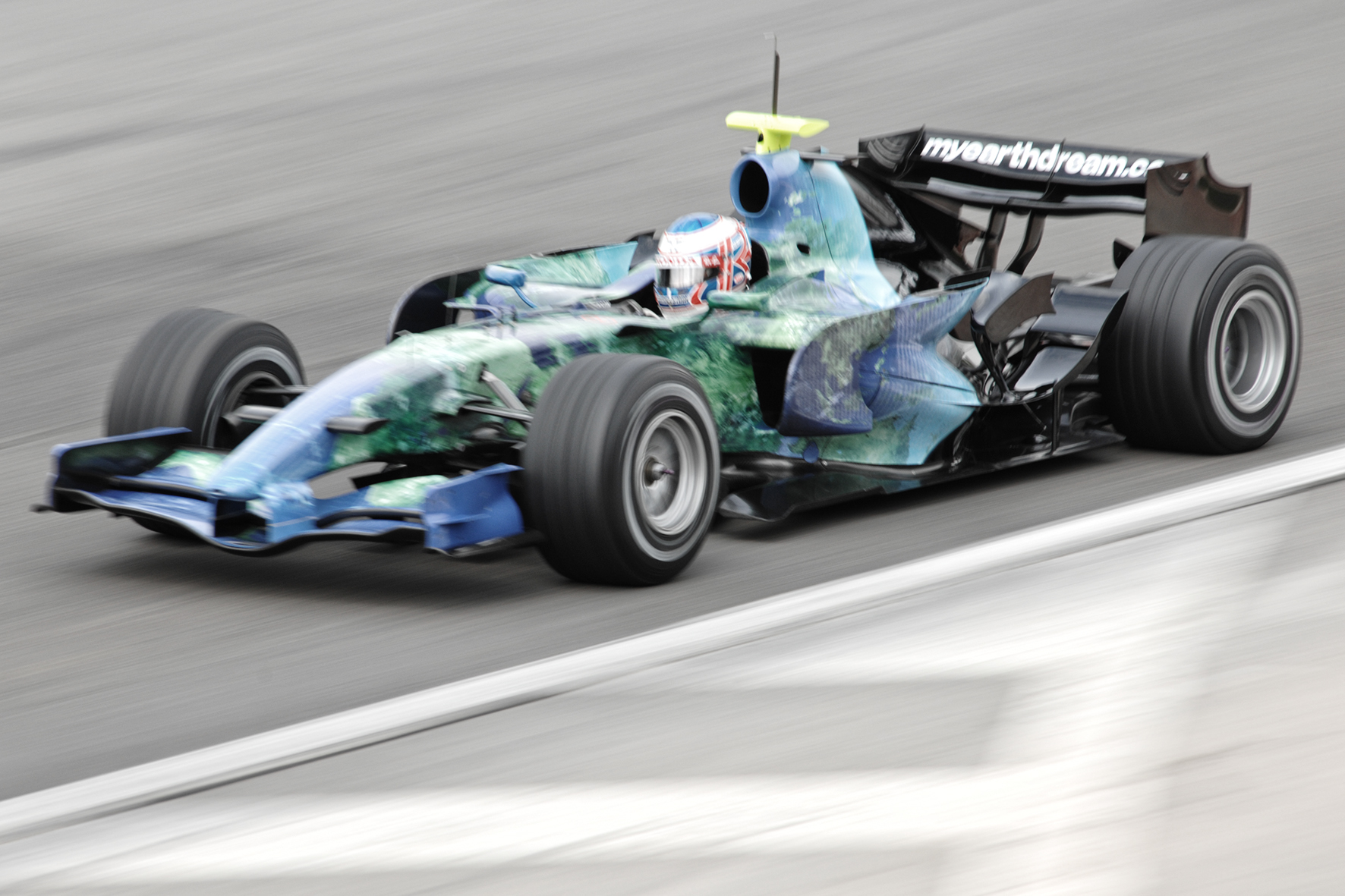
The rookie Lewis Hamilton came third in his debut race in Australia, finishing second in each of the next four races, only to take his first victory in the sixth race of the season in Canada and then winning the following race in Indianapolis.
The Formula 1 racing cars of the time had extremely sophisticated aerodynamics, which were realised in various add-on parts such as small wings, complicated bargeboards, chimneys and much more. The bodies of these racing cars were jagged, nested and had hardly any straight edges. But the performance of Formula 1 at that time spoke for itself.
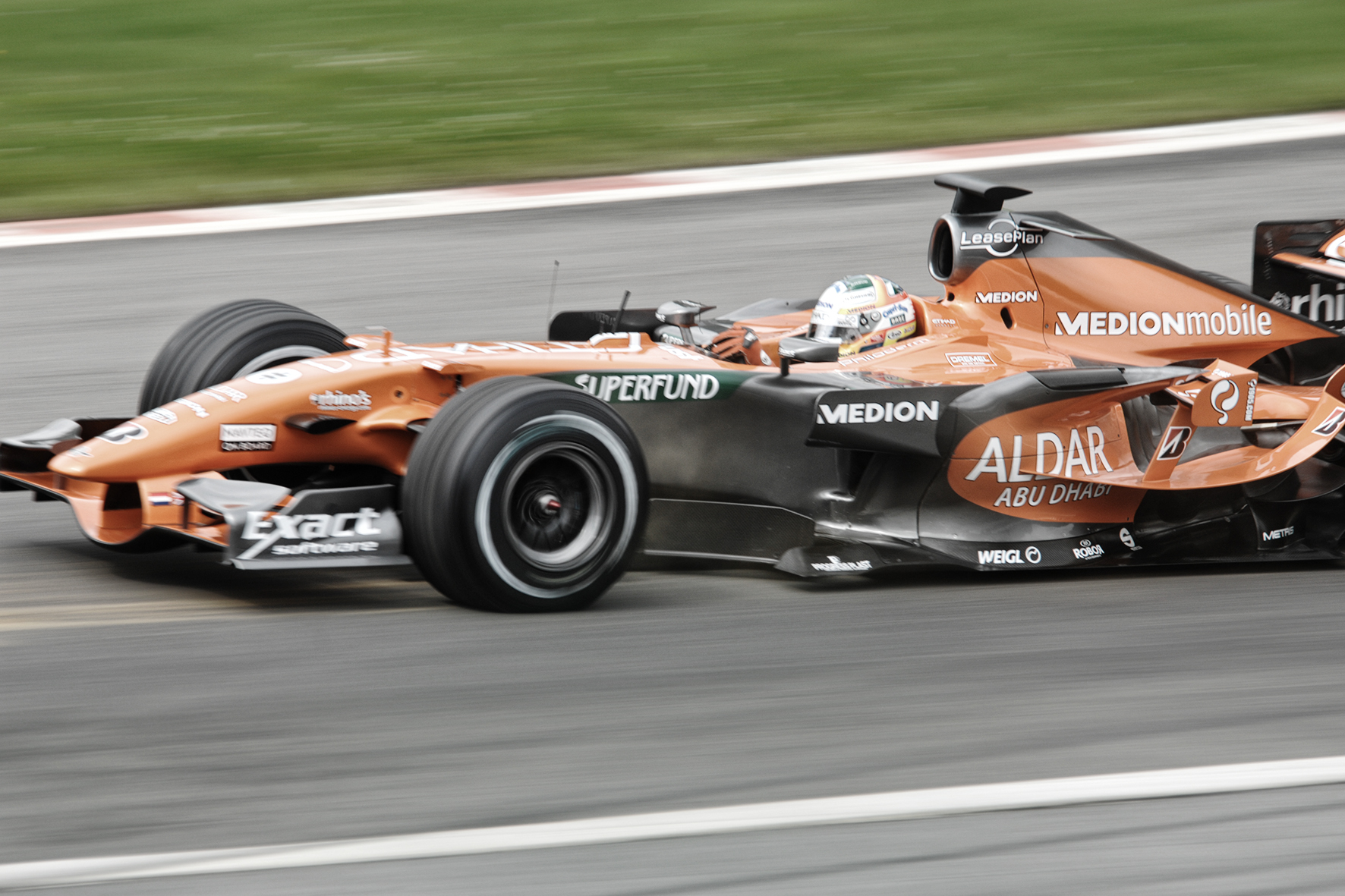
After all, the season had four different winners, Raikkonen won six times, Alonso and Hamilton four times each and Massa three times.
The test drives at Spa Francorchamps in 2007 were a special experience for me, having last seen Formula 1 at the inaugural Grand Prix at the new Nürburgring in 1984. That day at Spa was the way motorsport should be: loud, fast, exciting, colourful and, above all, thrilling. Something like this simply leaves its mark and I was able to pick up a few tips and tricks from my fellow photographers.
Formula 1 is not called the premier class of motorsport for nothing and was then as now the declared goal of practically all racing drivers who tried their hand at karting from an early age. The best of the best compete there, the crème de la crème of motorsport. Just being one of them was an honour in itself. But it’s not easy to defend or keep your cockpit in Formula 1, and even famous surnames like Mick Schumacher’s don’t always help. It is therefore remarkable that two protagonists of the 2007 season, who had a sometimes bitter rivalry, are still on the grid today. Lewis Hamilton, now a seven-time world champion, and Fernando Alonso, who is still extremely fast at the age of 43.
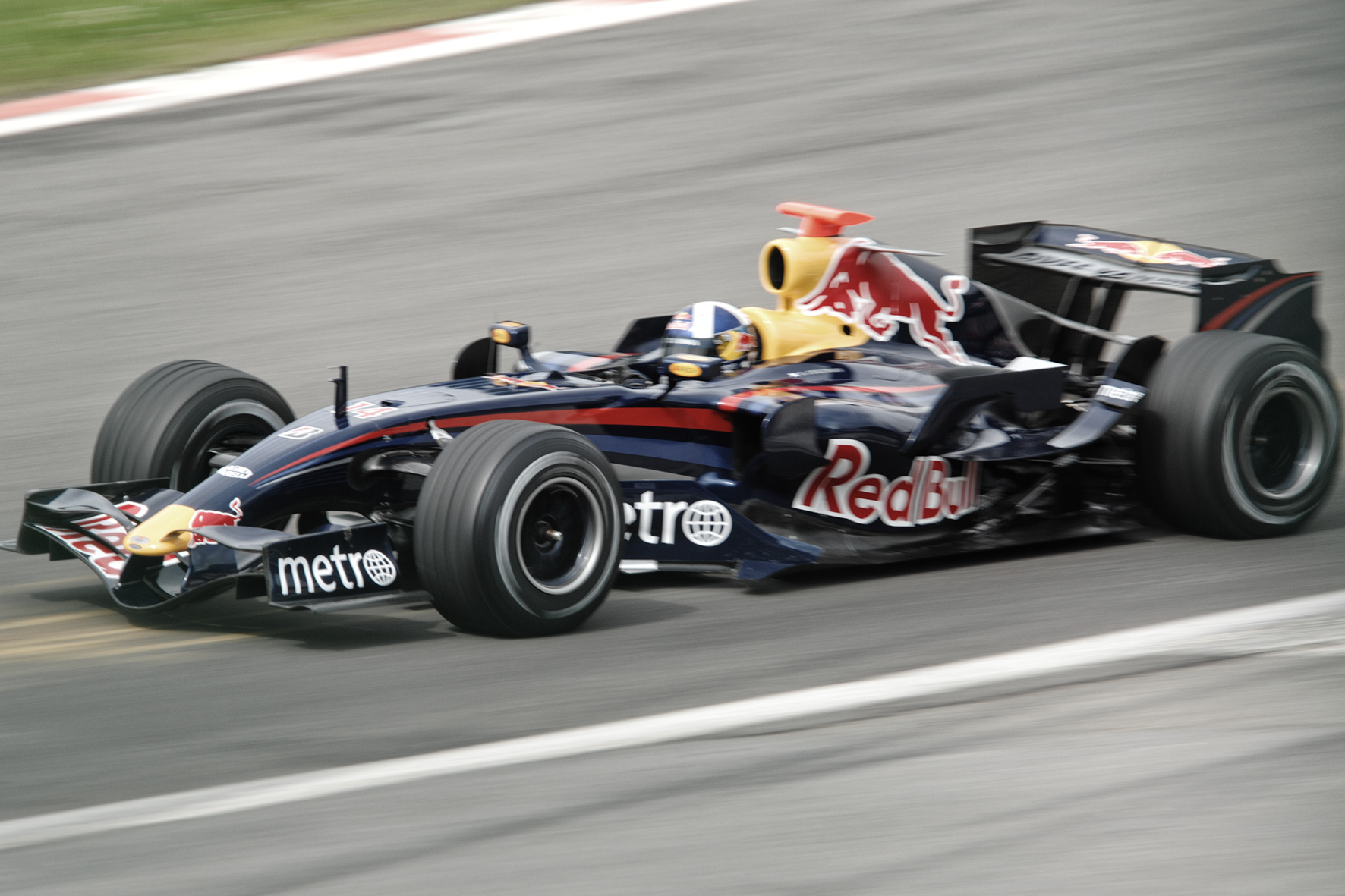
When I look at the pictures of these training runs, the racing cars seem almost historical compared to today’s Formula 1, but that’s also what makes the photographs so charming, I think, a little journey back in time to 2007. Find out more about our photographer Ralph Lüker.
